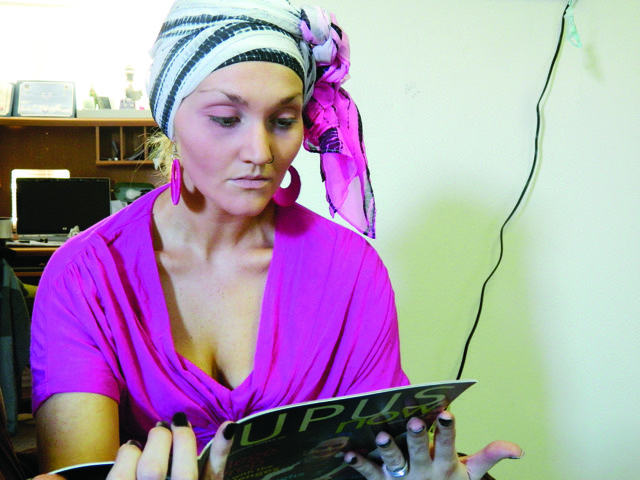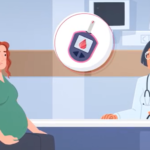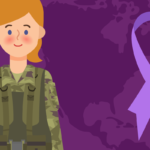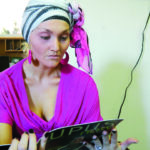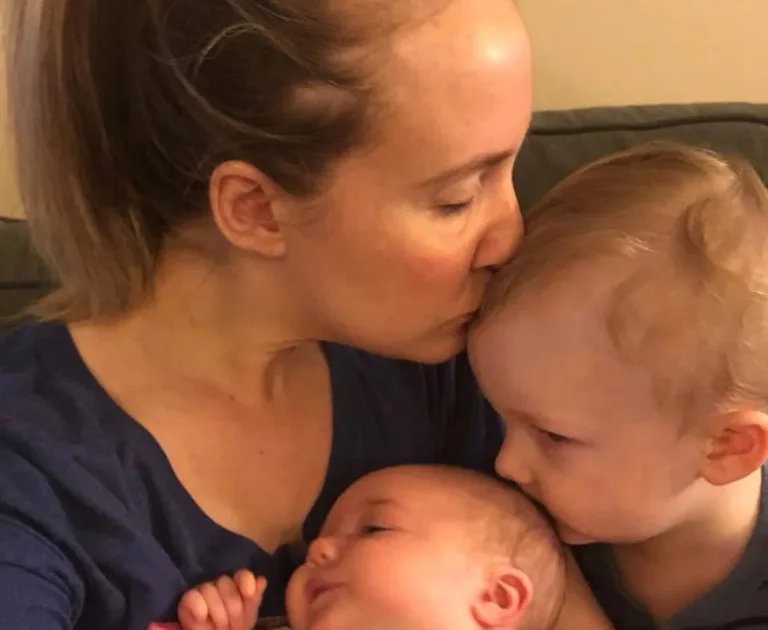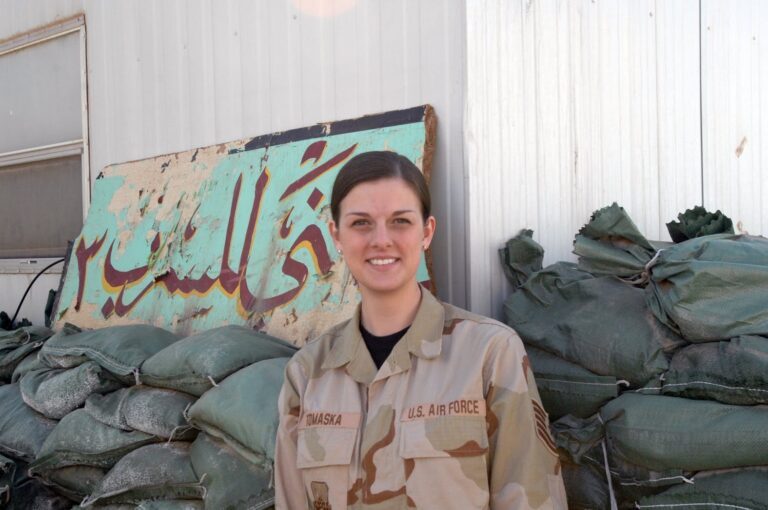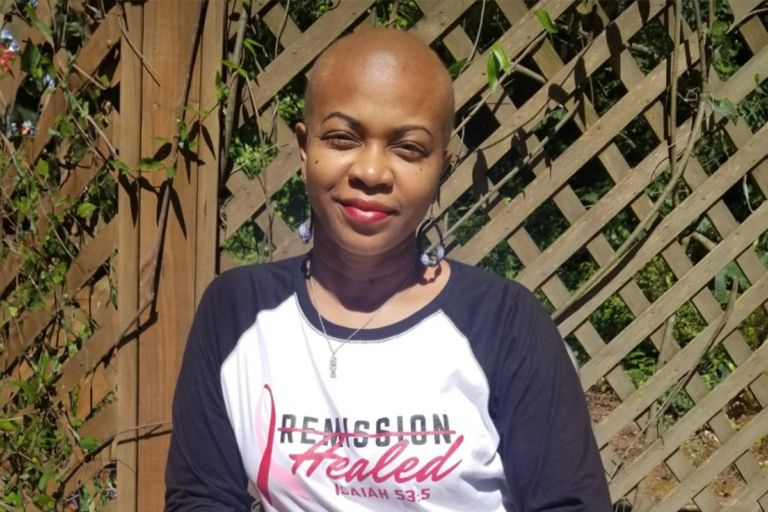As told to Erica Rimlinger
“Your problem is stress,” one doctor told me.
“You have too much on your plate,” said another.
The stress theory made some sense. I’d always had a Type A personality. I graduated from high school early, got my bachelor’s degree at 19 and had my master’s degree by 21. To most people, I appeared to be moving quickly through life, ticking off achievements and goals and doing just fine. But I knew otherwise.
I started having bizarre symptoms when I was 16, and by the time I was 21, the list of ailments I was experiencing couldn’t be considered typical for a working graduate student. I developed blisters in my nose and mouth. My joints dislocated in my sleep. I developed random but frequent fevers. My esophagus burned with reflux. In fact, my stomach stopped digesting food. I no longer made saliva or tears. My feet swelled so much that none of my shoes fit. My face burned so badly from even mild sun exposure that my skin would blister. Jarringly severe pain made even simple responsibilities difficult.
Most of all, I was beyond tired. But I was working four jobs and going to school. Who wouldn’t be tired with that schedule?
And yet … did other busy college students wake up with dislocated shoulders, clumps of hair covering their pillowcases and mouth sores, and then get scorched by the sun simply walking to their car? The stress theory didn’t fit. I went from doctor to doctor, who treated specific symptoms, one by one, and no one attempted to link the puzzle pieces together or look at the problems holistically. More than any individual symptom, I just didn’t feel like myself anymore.
“Get more sleep,” one doctor told me.
“You have anxiety,” said another. I’m sure I did, but that was the result of my problem, not the cause.
Then something happened that changed my medical trajectory as much as it changed the rest of my life. I married my husband, Sam, who was in the Air Force and was able to join his health coverage. When he got a base assignment in Alaska, it was a huge stroke of luck for me. With military health insurance, I was able to see specialists for the first time. None of the doctors I’d seen previously had ever suggested this was an option for me. But, there, I was quickly routed to a specialist when I voiced concerns about my symptoms. A thorough lab workup was finally performed.
My former doctors had dismissed my symptoms as lifestyle issues that were unrelated to one another: a dental issue here, an allergic reaction there. But the rheumatologist I saw at the Air Force Base was the first doctor who showed any curiosity about my collective symptoms. He detected the big, red waving flags of a chronic auto-immune disorder — and I was finally diagnosed with lupus, which is like a civil war in your own body. Your immune system fights itself instead of fending off invading diseases.
My diagnosis was the start of a new normal for me. On the positive side, I was able to trust my instincts again and give myself credit for not imagining symptoms. The diagnosis also allowed me to identify triggers that would make my symptoms flare — sometimes for months at a time — and attempt to control them.
I learned ways to anticipate and manage my sensitivity to sunlight, mouth sores, headaches, rashes and GI distress. While some symptoms affect my life for short periods of time, others cause permanent damage that gets worse and worse over time, like the rheumatoid and psoriatic arthritis I’ve developed and the damage to my heart and kidneys. More testing has uncovered I have two kinds of lupus, systemic lupus erythematosus (SLE), which is a type of lupus that can attack any organ in my body at any time and discoid lupus (DL), which attacks the largest organ, the skin.
I’ve been treated with steroids, nerve blockers, pain killers, muscle relaxers and other medications that either reduce inflammation or decrease my immune response. I’ve had infusions and chemotherapy. The goal is to slow lupus’s sinister mission to make my immune system attack itself. I’m also using a new medication — the first treatment in 60 years approved to treat SLE — that helps slow the progression of the disease and may even lead to remission.
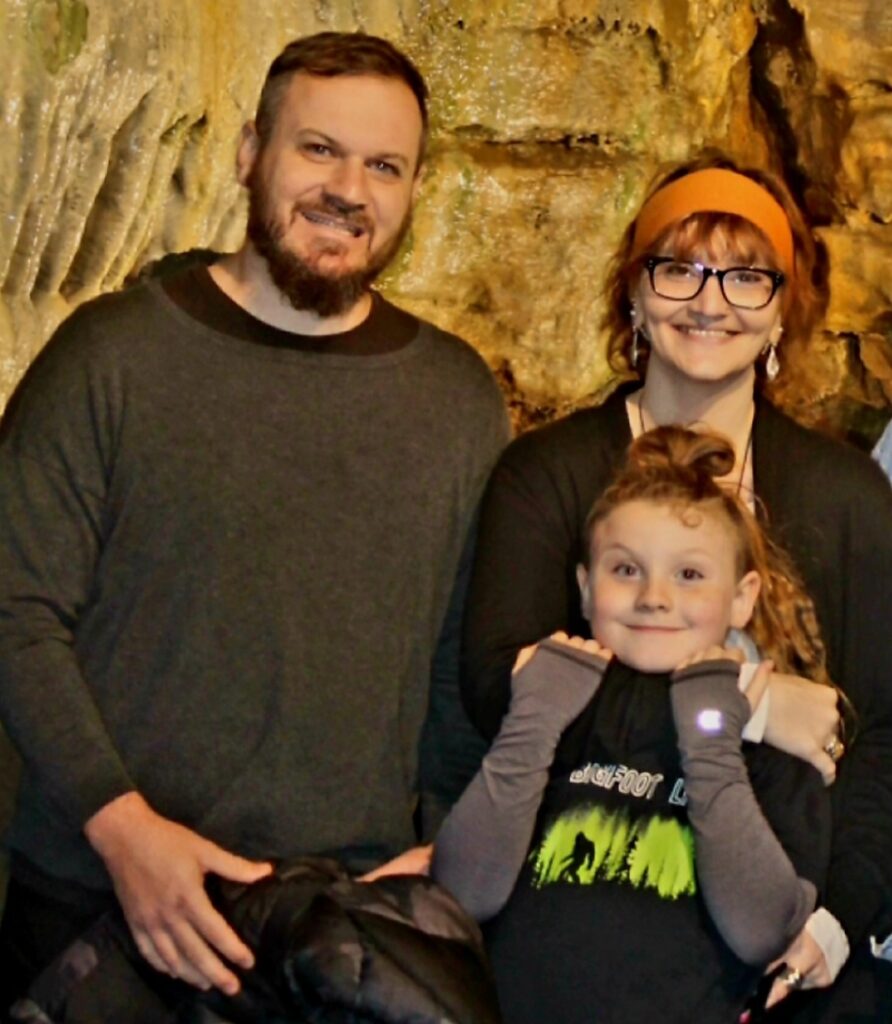
I’ve always prided myself on my independence. But lupus rapidly began to strip me of my freedom. My husband has had to help me with tasks like showering, dressing, cooking and running errands. When we said, “in sickness and in health,” we didn’t think we were talking about age 23, when I began having to use a walker. At first, relying on Sam made me feel embarrassed and weak. But, eventually, I un-learned the shame I had about needing assistance. And I decided I wasn’t going to have a pity party for myself.
Today, lupus is merely a part of my life. I’m not embarrassed to ask for help when I need it, and assistance in the military is easy to get. We’ve found that disability is not stigmatized in the military, and it provides resources for families who have a member battling a chronic illness.
My husband opened lines of communication with his higher-ups about having a disabled family member at home, and we were connected with the Exceptional Family Members Program (EFMP). The application for the program is easy, and the EFMP assigns you a case worker who helps you find specialists, makes appointments, connects you with support groups and points you toward resources.
We’ve also used the family advocacy programs with classes for everything ranging from free seminars on child CPR to stress-free parenting, anger management and even grief counseling. Yes, I grieved my losses — things like my independence and being forced to abandon my dream career as a child and family therapist.
Lupus causes grief, frustration, and even resentment over losing the future you thought you’d have. But, even after a broken heart, there’s room for hope and joy with a chronic illness.
Along the way, Sam fostered animals, including a yellow lab, Edison, who became my medical service dog. He was trained to do everything from placing dishes in the sink and putting clothes in the dryer to sensing when I needed medical intervention and just supporting me. And, when we were told we couldn’t have biological children of our own, Sam and I fostered children. After eight years of infertility and two failed adoptions, we were blessed with our beautiful miracle boy. He is my reason for everything.
Over the years, I’ve become passionate about advocating and educating other people about lupus. I started a nonprofit, and that work has taught me that my situation is not as rare as I thought. Through my exchanges with others, I’ve learned we were not meant to fight alone. We need each other, and asking for help is far from shameful — it’s critical for nurturing hope. With lupus, hope is essential, knowledge is power and education is priceless.
The appearance of U.S. Department of Defense (DoD) visual information does not imply or constitute DoD endorsement.
This educational resource was created with support from AstraZeneca.
Have a Real Women, Real Stories of your own you want to share? Let us know.
Our Real Women, Real Stories are the authentic experiences of real-life women. The views, opinions and experiences shared in these stories are not endorsed by HealthyWomen and do not necessarily reflect the official policy or position of HealthyWomen.


